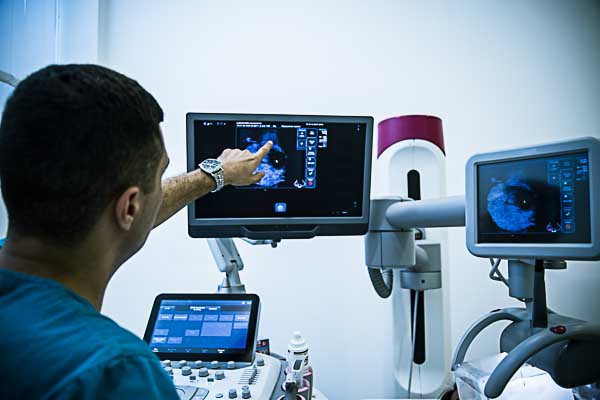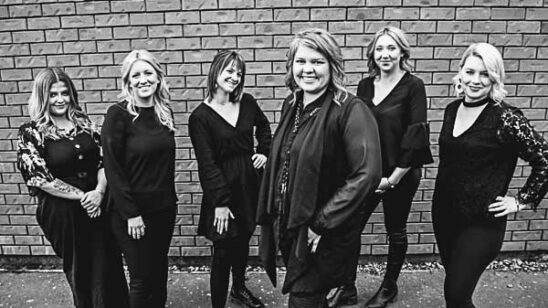
Keeping abreast of cancer
A University of Canterbury (UC) student has developed a new computerised method of reading mammograms that could help radiologists detect warning signs of breast cancer.

Haipeng Li is about to complete a PhD in Software Engineering at UC after spending the last three years working on computational algorithms that can automatically read and analyse mammogram x-rays. The algorithms he has developed, with UC Professor Ramakrishnan Mukundan and radiologist Dr Shelley Boyd at Pacific Radiology in Christchurch as his supervisors, have been shown to accurately detect two markers linked to increased risk of breast cancer.
He hopes the research will eventually help radiologists identify cancers at an early stage when they can be treated more successfully.
“Early detection through routine mammograms plays an important role in preventing breast cancer deaths,” Li says. “But reading and interpreting suspicious regions in mammograms is repetitive and challenging work.
“The algorithms I’ve been working on are designed to make it easier for radiologists to pick up two biomarkers for breast cancer – microcalcifications and mammogram density. Tiny calcium deposits in the breast and dense breast tissue are both indicators of a higher risk of developing breast cancer.”
Breast cancer is one of the most common cancers in women with over 1.5 million diagnosed worldwide each year.
In New Zealand, there are more than 3000 diagnosed cases and more than 600 deaths every year.
Mammography is a widely accepted imaging method used for routine breast cancer screening around the world and it can detect 80 to 90 percent of breast cancer cases before symptoms appear.
Li’s new techniques using advanced machine learning algorithms have shown higher accuracy rates in automatically detecting microcalcifications and dense breast tissue compared to other computerised tools being used by radiologists internationally. He says his aim is to provide a “secondary perspective” to support radiologists’ work and make it easier for them to interpret images, rather than computers replacing people.
“Knowing that the work I’m doing will contribute to people’s health outcomes makes it more meaningful for me. It’s using artificial intelligence to help human beings and change our lives for the better.”
Li has been awarded a PhD Publishing Scholarship from UC’s College of Engineering.



